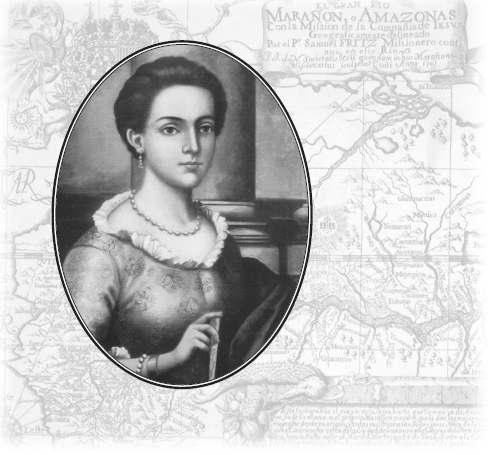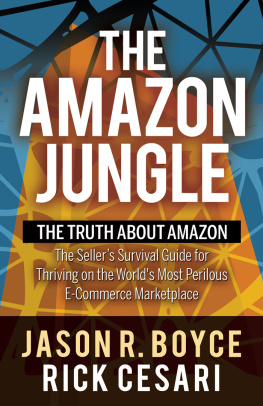The Mapmakers Wife



Copyright 2004 by Robert Whitaker
Maps drawn by Ingrid Aue
Hardcover first published in 2004 in the United States by Basic Books,
A Member of the Perseus Books Group
Paperback first published in 2016 in the United States by Basic Books
All rights reserved. Printed in the United States of America. No part of this book may be reproduced in any manner whatsoever without written permission except in the case of brief quotations embodied in critical articles and reviews. For information, address Basic Books, 387 Park Avenue South, New York, NY 10016.
Books published by Basic Books are available at special discounts for bulk purchases in the United States by corporations, institutions, and other organizations. For more information, please contact the Special Markets Department at the Perseus Books Group, 11 Cambridge Center, Cambridge MA 02142, or call (617) 2525298, (800) 2551514 or e-mail
.
The Library of Congress has cataloged the hardcover edition as follows:
Whitaker, Robert.
The mapmakers wife : a true tale of love, murder, and survival in the Amazon / Robert Whitaker.1st ed.
p. cm.
Includes bibliographical references and index.
ISBN 978-0-7867-4184-7
1. Godin des Odonais, Isabelle de Grandmaison, b. 1728?TravelAmazon River Region. 2. Amazon River RegionDescription and travel. 3. Godin des Odonais, Jean, 1712-1792. 4. Mission g,eod,esique (France) 5. Scientific expeditionsEcuadorHistory18th century. 6. EcuadorBiography. 7. FranceBiography. I. Title.
F2546.W46 2004
981'.1032'092dc22
ISBN 978-0-7867-4184-7 (EB)
To my wife, Andrea, who shared with me our first adventure in Ecuador
and
To Ignacio Alvarez, who long ago taught me to love all things Spanish
THIS IS CONSECRATED to the memory of Isabel Godin des Odonais, which can never be too honored, who alone and abandoned, traversed so courageously the vast expanse of the American continent buoyed up by her greatness of spirit and a martyr to her duty.
Charles Bonaparte, nineteenth-century naturalist, upon naming a South American field bird Champelix godina

Contents

M ORE THAN TWENTY-FIVE years ago, I fell in love with Ecuador. I had recently graduated from college, and I lived for a time in a remote village called Las Manchas on Ecuadors coast. My girlfriend and I built a bamboo hut on stilts on the outskirts of the village, next to a river emptying into the Pacific, and hoped that we could stay there forever.
We couldnt, of coursethe real world got in the waybut I always longed to go back. Researching this book provided me with that opportunity, and I quickly fell in love all over again with that mesmerizing country and its wonderful people.
In many ways, the Charles-Marie de La Condamine expeditionwhich provides the backdrop for this story of Isabel Godins adventure in the Amazonoccupies a central place in South American history, akin to the exploration of North America by Meriwether Lewis and William Clark. Over the course of eight years (17361744), La Condamine and eleven othersnine Frenchmen and two Spaniardscollectively wandered far and wide across the continent, studying plants and minerals, climbing to altitudes in the Andes never before reached by Europeans, mapping the Amazon River, and, most important of all, precisely measuring the distance of one degree of latitude at the equator. This last effort was undertaken to answer questions about the earths precise shape and to resolve a heated debatebetween Newtonians and Cartesiansover the physics that governed the universe. Along the way, several of the expedition members died, one was murdered, and anotherJean Godinmarried a Peruvian woman, Isabel Gramesn. Theirs became a legendary story of love and survival.
For reasons that are difficult to understand, this story has never gotten its due in history books. For the most part, the story of the La Condamine expedition has been relegated to chapter status in books on the exploration of South America, and as that brief story has been told and retold, the true history of the La Condamine expedition has become somewhat lost and muddied. Dialogue now and then has been imagined, events separated by years have been folded together for dramatic purposes, and a few incidents have been invented out of whole cloth. Lore has replaced history, so to speak, and when it comes to Isabel Godin, the basic chapter-length story that has been told over the past two centuries is simply mistaken in its most critical details.
The source material that writers have always relied upon for Isabels story is a 1773 letter written by her husband Jean Godin, and while that letter is invaluable, he did not have access to information gathered by Peruvian authorities of witnesses to the event. That cache of documents fleshes out her story in a most vivid and surprising way.
To write this book, I relied on a variety of original sources. Journals by four members of the expedition, La Condamine, Pierre Bouguer, and the two Spaniards, Antonio de Ulloa and Jorge Juan, provide vivid eyewitness accounts of their eight years in South America. In some instances, I obtained eighteenth-century English translations of their work. In others, I had French documents translated into English. I also found much useful information in various eighteenth-century articles published by the French Academy of Sciences in its yearly journal, Histoire et memoires de lAcadmie Royale des Sciences.

The story of Jean and Isabel Godin is also well documented, even if much of the material lay forgotten in obscure journals. Jean Godins correspondence is one such source. In addition to his 1773 letter to La Condamine, he wrote frequently to friends and to King Louis XVs ministers while living in French Guiana from 1750 to 1773. Much of this material was published in 1896 by a French historian, Henri Froidevaux, in the Journal de la Socit des Amricanistes de Paris. The testimonies gathered by Peruvian authorities in their 1770 investigation of the Isabel Godin tragedy were published in 1970 in an Ecuadorian journal, Archivo Nacional de Historia. The translations of those documents are mine.
I am also indebted to historians in Spain, France, and Ecuador who have done archival research on the expedition. In particular, I relied on research by an Ecuadorian scholar, Carlos Ortiz Arellano, for biographical information about Isabel Godins early life and her family. It was through his writings, moreover, that I was alerted to the historical documents published in Ecuadors
Next page












